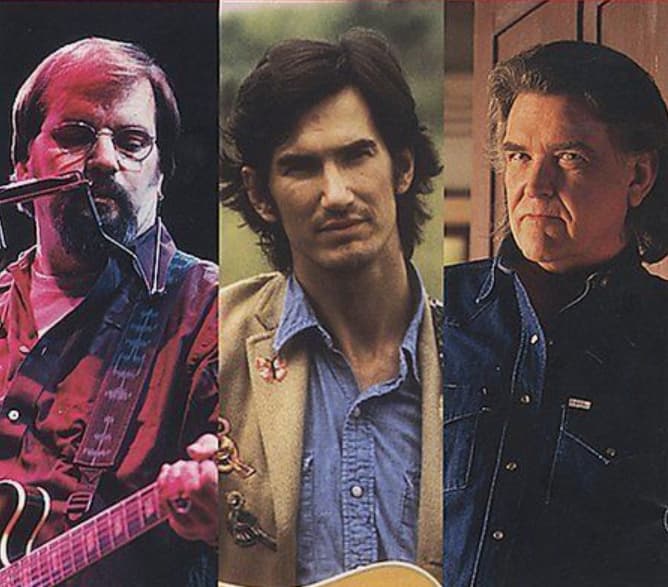
A Lonesome Waltz Across the Emerald Isle: The Enduring Magic of “Dublin Blues”
“Dublin Blues” is a poignant lament of love lost and the haunting beauty of Ireland, a song that transcends geographical boundaries and speaks to the universal ache of the human heart.
The year was 1996. Grunge was fading, alternative rock was ascendant, yet amidst the clamor of the modern music scene, a quiet masterpiece emerged. Steve Earle, a Texas troubadour with a voice like weathered leather and a heart full of stories, released his album “Train a Comin'”. Nestled within its tracks was a song that, while not a chart-topping single, resonated deeply with listeners and became a timeless classic: “Dublin Blues”. While it didn’t climb the Billboard charts upon release, its enduring power has cemented its place in the Americana music canon. It was a quiet triumph, a slow burn that continues to warm the hearts of those who discover its melancholic beauty.
This wasn’t just any song; it was a collaboration, a meeting of musical minds. Earle, along with his mentors and close friends, the legendary Townes Van Zandt and Guy Clark, crafted a piece that felt both deeply personal and universally relatable. These three titans of Texas songwriting, each a master of narrative and melody, wove together a tapestry of longing and reminiscence. Imagine them, perhaps in some smoky cantina, guitars in hand, sharing stories and songs, the spirit of Ireland weaving its way into their conversation. It’s easy to picture the scene, the camaraderie, the shared passion for music and storytelling. This collaborative spirit imbues “Dublin Blues” with a unique richness, a sense of shared experience that amplifies its emotional impact.
The song tells the tale of a love affair that has ended, leaving the narrator adrift and heartbroken. He finds himself in Dublin, surrounded by the beauty of the city, yet unable to escape the pain of his loss. The imagery is vivid and evocative: the rain-soaked streets, the ancient pubs, the haunting melodies of traditional Irish music. These details aren’t merely window dressing; they become metaphors for the narrator’s inner turmoil. The beauty of Dublin serves as a stark contrast to the desolation in his heart, highlighting the depth of his sorrow.
But “Dublin Blues” is more than just a lament. It’s also a celebration of the enduring power of music to heal and connect. The narrator finds solace in the songs he hears in the pubs, in the shared experience of music and community. It’s a reminder that even in the darkest of times, there is beauty to be found, and that music has the power to lift us up and carry us through. The song’s melancholic melody, combined with the heartfelt lyrics, creates an atmosphere of intimacy and vulnerability, drawing the listener into the narrator’s world and making his pain feel palpable.
For those of us who have lived a little, who have felt the sting of heartbreak and the bittersweet ache of nostalgia, “Dublin Blues” resonates on a particularly deep level. It reminds us of the fragility of love, the ephemeral nature of happiness, and the enduring power of memory. It’s a song that speaks to the heart of the human experience, reminding us that we are not alone in our struggles, and that even in our sorrow, there is a certain beauty to be found. It’s a song to be savored, to be listened to late at night with a glass of something strong, a song that wraps its arms around you and whispers, “You’re not alone.” It’s a testament to the enduring power of storytelling, the magic of collaboration, and the timeless beauty of a well-crafted song. And for those of us who remember the era of these musical giants, it serves as a poignant reminder of their immense talent and the lasting legacy they left behind.